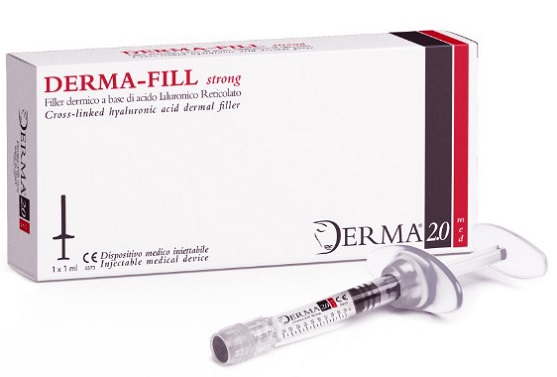Nikhil Prasad Fact checked by:Thailand Medical News Team Sep 30, 2025 2 months, 3 weeks, 3 days, 10 hours, 36 minutes ago
Medical News: A Beauty Treatment with Hidden Risks
Hyaluronic acid dermal fillers are among the most popular cosmetic procedures worldwide, used to reduce wrinkles, restore volume, and enhance facial features. While usually safe, researchers from the Lithuanian University of Health Sciences have uncovered that viral infections or even vaccinations can sometimes trigger a delayed but troubling reaction in patients with these fillers. This
Medical News report highlights how a cosmetic treatment many people consider routine may carry hidden immune system risks.
 What The Study Found
What The Study Found
The research team, led by experts from the Faculty of Odontology and the Department of Maxillofacial Surgery at the Lithuanian University of Health Sciences, systematically reviewed cases where patients developed inflammation after receiving fillers. They analyzed six studies covering 25 women aged between 22 and 65 who had hyaluronic acid injections.
After catching a viral illness or receiving a COVID-19 vaccination, these patients experienced delayed swelling, redness, facial puffiness, or even severe angioedema. The timing of these reactions varied dramatically—some appeared within hours, others took weeks. Treatments included corticosteroids, hyaluronidase (an enzyme that dissolves fillers), antihistamines, and in some mild cases, symptoms faded without medical help.
How Viruses Interact with Fillers
The body’s immune system appears to play a central role in these unusual side effects. Viral infections and vaccines stimulate immune defenses, activating pathways that release powerful inflammatory chemicals like IL-1β, IL-6, and TNF-α. Researchers believe this heightened immune activity can mistakenly target filler material, treating it as a foreign substance and sparking swelling.
Some cases were linked to influenza-like illnesses, while others specifically followed COVID-19 infection or vaccination. The fact that symptoms ranged from mild facial swelling to severe jaw and lip edema suggests that both the individual’s immune profile and the type of filler used may influence outcomes.
What Patients Should Know
Although the total number of cases is small compared to the millions of filler procedures performed worldwide each year, the findings are important for anyone considering or already using dermal fillers. Patients should be aware that viral illnesses or vaccinations could increase the risk of unexpected swelling. Doctors may recommend waiting a few weeks after a viral infection or vaccination before having filler procedures to reduce the chance of complications.
Treatment strategies also vary. Some patients recover without medical intervention, while others require strong anti-inflammatory drugs. More severe cases may need both corticosteroids and filler-dissolving enzymes to bring relief. The study emphasizes the urgent need for standardized treatment guidelines, as doctors currently handle cases based on personal experience rather than clear medical protocols.
Why More Research Is Needed
The authors
caution that most available evidence comes from case reports and small series, meaning results are limited and cannot yet be generalized to all patients. They recommend larger, long-term studies to better understand why these reactions happen and how to prevent them. Future work may also focus on identifying biomarkers that predict which patients are at higher risk of filler-related immune complications.
The study findings were published in the peer reviewed journal: Medicina.
https://www.mdpi.com/1648-9144/61/10/1764
For the latest on dangers of aesthetic procedures, keep on logging to Thailand
Medical News.
Read Also:
https://www.thailandmedical.news/news/viral-infections-drive-dangerous-clotting-and-inflammation-in-the-body
https://www.thailandmedical.news/news/researchers-warn-that-not-much-is-known-about-the-long-term-effects-of-body-sculpturing-by-ultrasound-induced-lipolysis
https://www.thailandmedical.news/news/navigating-the-risks-of-hyaluronic-acid-fillers-understanding-and-managing-late-onset-reactions
